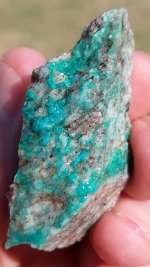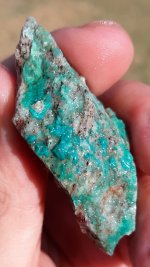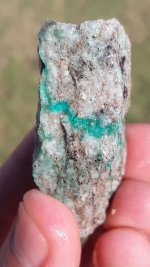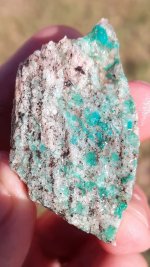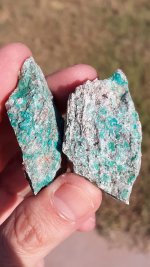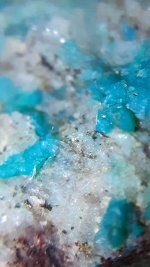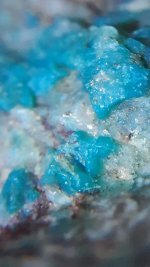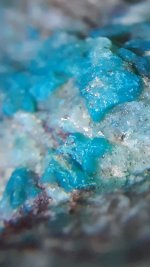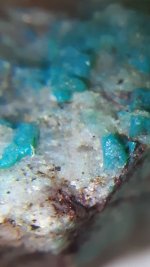Finally got back out to that spot with the chrysocolla, the last big storm completely changed the tributary so I had no idea where to dig, I found a couple specimens but not really anything for lapidary, first one I think is a psuedomorph? Worst thing is I forgot to bring a spray bottle to see what I was digging up so when I thought I scored I ended up carrying out 50 plus pounds of worthless ugly ore, the last two pictured lol, I'll post what I found...
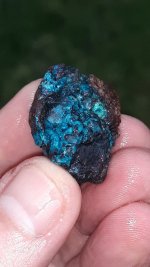
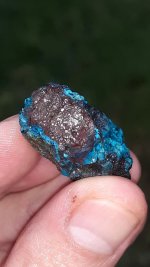
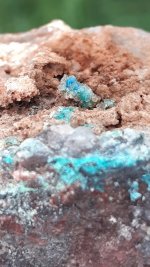
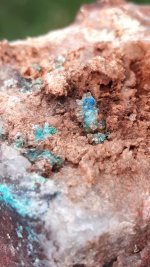

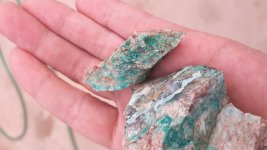
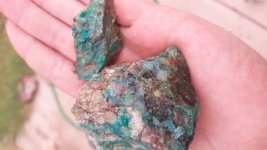
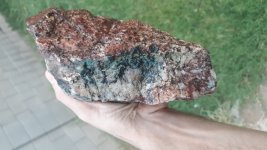
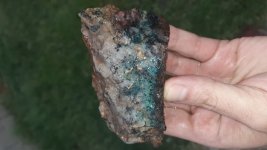









Last edited:


